A Turning Tide in Wildlife Recovery
- Triplet 59
- Oct 17
- 8 min read
In an era of mounting biodiversity losses and escalating threats from climate change, habitat destruction, and invasive species, a rare and remarkable reversal is underway.
According to the latest update from the International Union for Conservation of Nature (IUCN) Red List, 20 species worldwide have been officially downlisted — meaning they are now considered less threatened with extinction than previously assessed.
This sweeping conservation turnaround spans birds, snails, and land mollusks. The new classification underscores that well-coordinated environmental initiatives, targeted species protection, and habitat restoration efforts can yield measurable results.
In this investigative feature, we document the stories behind these recoveries, highlight the conservation strategies that made them possible, evaluate remaining challenges, and discuss broader implications for global biodiversity efforts.
1. Reading the Red List: What “Downlisting” Means
In IUCN parlance, downlisting refers to the movement of a species classification toward lower risk levels. For example, a species might shift from Critically Endangered to Endangered, or from Vulnerable to Least Concern. Such changes reflect improvements in population trends, threat reductions, or successful conservation measures.
The 2025 IUCN Red List update added 20 species to the list of those whose status has improved sufficiently to warrant downlisting. That number may appear modest against the backdrop of rising extinctions, but each individual case marks a noteworthy victory for conservationists, local communities, and ecosystems.
These 20 species include 12 birds, two marine snails, one land snail, and five others across lesser-known taxa. Their recovery stories embody the potential for targeted action, policy shifts, and ecological resilience.
2. Avian Rescues: Stories of Winged Recovery
Bird species dominate the list of recoveries, accounting for more than half of the 20 downlisted taxa. Below are the most compelling bird comeback stories:

2.1 Rodrigues Warbler (Acrocephalus rodericanus) & Rodrigues Fody (Foudia flavicans)
On Rodrigues Island (part of Mauritius), these two endemic bird species faced extreme decline. In the 1960s and 1970s, estimates recorded as few as five to six pairs of the fody and eight to nine pairs of the warbler remaining.
BirdLife International and the Mauritian Wildlife Foundation (MWF) spearheaded reforestation, predator control, and habitat restoration efforts. Today, Rodrigues fody numbers approach 20,000 and warbler populations are near 25,000. These species have been reclassified to Least Concern in the new IUCN update.
Vikash Tatayah, conservation director at MWF, remarked, “It’s wonderful to see the rebound … they have bounced back to become fairly common birds in built-up areas and backyards.”
2.2 Guadalupe Junco (Junco insularis)
The Guadalupe junco, confined to Isla Guadalupe off Baja California, suffered after feral goats were introduced, devastating the island’s cypress forests. Between 19th-century agricultural pressures and mid-20th-century habitat collapse, the junco’s numbers plunged.
In 2007, conservationists removed all feral goats — allowing regrowth of the forest — and the bird’s population rebounded sufficiently that it shifted from Endangered to Vulnerable.
2.3 Okinawa Robin (Larvivora namiyei) & Lidth’s Jay (Garrulus lidthi)
In Okinawa and nearby islands, habitat fragmentation, predation by introduced mammals, and human encroachment imperiled these forest species. Conservation projects targeting nest protection, forest connectivity, and invasive predator control have stabilized populations, enabling their reclassification toward lower risk categories.
2.4 Other Notable Birds
Black-faced Spoonbill (Platalea minor): Once extremely endangered due to wetland loss and hunting, coordinated regional wetland protection in East Asia and transboundary site management helped boost numbers.
Alexandrine Parakeet (Palaeornis eupatria): A charismatic parrot species whose declines reversed after trade restrictions, anti-poaching enforcement, and habitat protection.
Blue-winged Macaw (Primolius maracana), Amami Woodcock (Scolopax mira), Rustic Bunting (Emberiza rustica), Olive-sided Flycatcher (Contopus cooperi), Redwing (Turdus iliacus): Each species benefited from habitat initiatives, legal protection, or improved monitoring and management in their native ranges.
These bird recoveries illustrate that even species once deemed on the brink of extinction can bounce back when multifaceted strategies are deployed.
3. Mollusks Move Forward: Snail Comebacks
While birds claim the headlines, two marine snails and one land snail feature among the downlisted species.

3.1 Marine Snails: Conus felitae and Conus regonae
These cone snail species had been classified as Vulnerable, a status reflecting threats such as habitat degradation, pollution, and unsustainable collection. Following enhanced protections, marine habitat restoration, and stricter regulation of shell trade, both species have been reclassified to Least Concern.
3.2 Land Snail: Idiomela subplicata
Once considered Critically Endangered, this terrestrial snail has moved to the Vulnerable category. Recovery is attributed to improved habitat protection, invasive species control, and targeted conservation efforts in its limited range.
4. Key Conservation Strategies That Delivered Results
These success stories did not occur by chance. Several recurring themes and strategies underpin the recoveries:
4.1 Habitat Restoration & Reforestation
Reviving native vegetation, replanting forests, and restoring degraded ecosystems created safe havens for recovering species (e.g., Rodrigues Island project, Guadalupe junco’s forest regrowth).
4.2 Invasive Species Eradication & Control
Removing or managing introduced predators — goats, cats, rats, feral pigs — was pivotal, particularly on island systems where endemic fauna lacked defenses against invasive mammals.
4.3 Legal Protection & Enforcement
Strengthened laws, tighter trade bans (e.g., CITES), and enforcement against poaching or illegal hunting gave species the needed legislative buffer.
4.4 Community Engagement & Local Stewardship
In multiple cases, local communities were involved in bird monitoring, forest nursery work, educational outreach, and ecotourism, fostering a sense of custodianship.
4.5 Monitoring, Research & Adaptive Management
Ongoing scientific surveys, population modeling, and habitat metrics enabled conservationists to adapt strategies in real time, correcting missteps and channeling resources efficiently.
4.6 Ecological Connectivity & Protected Area Design
Linking fragments of habitat, creating corridors, and expanding protected area coverage promoted population resilience and gene flow.
5. Challenges That Remain and Cautions for the Future
While the 20 downlistings are a cause for celebration, conservation is far from over — indeed, these cases illuminate enduring challenges.
5.1 Fragile Rebounds & Relapse Risk
Populations recovering from extremely low baselines remain susceptible to disease, stochastic events, or renewed habitat loss. Continuous vigilance is essential.
5.2 Climate Change Pressures
Rising temperatures, shifting precipitation cycles, and extreme weather events jeopardize habitats — even those recently restored. Adaptive strategies must integrate climate resilience.
5.3 Funding Gaps & Resource Competition
Sustained financial investment is critical. Many recovery projects depend on donor grants, which may be volatile or limited across regions.
5.4 Coordinated International Policy
Species that cross national boundaries (e.g. migratory birds) require cooperation among countries. Gaps in enforcement or protected-area coverage undermine successes.
5.5 Balancing Human Development & Conservation
Infrastructure expansion, agriculture, and development pressures will test the balance between human needs and ecological preservation.
6. Case Study Deep Dive: Rodrigues Warbler & Fody
Rodrigues Island offers one of the most striking examples of island-species recovery.
6.1 Background Context
Rodrigues, a volcanic island in the Indian Ocean, once hosted a dozen or more endemic bird species. Many vanished following habitat clearance for agriculture, deforestation, and the introduction of invasive species. By the late 20th century, only the Rodrigues warbler and fody remained, both hanging by a thread.
6.2 Conservation Blueprint
Habitat regeneration: MWF and partners planted native tree species, controlled weeds, and allowed forest patches to expand.
Predator control: Introduced rats and feral cats were managed to reduce predation pressure on eggs and chicks.
Community outreach: Local engagement ensured reforestation efforts were sustainable and socially supported.
Long-term monitoring: Annual bird counts, nest success tracking, and demographic studies guided adjustments over decades.
6.3 Outcomes & Implications
The transformation is extraordinary: from fewer than a dozen pairs to tens of thousands.
Importantly, the species now thrive even in secondary forests and human-modified landscapes — an adaptability that enhances long-term viability. Their status change to Least Concern signals not only species survival, but also ecosystem resilience in a fragile island system.
7. Global Significance: What These Wins Mean for Biodiversity
The 20 downlistings provide more than isolated success stories — they offer broader lessons and inspiration for conservation worldwide.
7.1 Demonstrating That Recovery Is Possible
In a landscape often dominated by biodiversity losses, these cases show that timely, targeted intervention can reverse dire trends.
7.2 Building Models for Future Projects
Principles derived from these recoveries — such as invasive species control, community-based stewardship, and habitat restoration — form a blueprint for other species under threat.
7.3 Reinforcing Motivation & Political Will
Visible evidence of species recovery can galvanize stakeholders, attract funding, and strengthen political support for conservation policy.
7.4 Strengthening Ecosystem Services
As species recover, they restore ecological functions — pollination, seed dispersal, soil stability, and food webs — benefiting broader environmental health.
7.5 Mitigating Global Extinction metrics
Each successful downlisting contributes positively to global biodiversity indices and offers hope amid alarming extinction projections.
8. Long-Tail Keyword Feature: Rare Wildlife Conservation Wins
By spotlighting rare wildlife conservation wins, conservation scientists and communicators can draw attention to individual species whose recovery stories resonate deeply. These long-tail narratives — such as Rodrigues warbler rebound or Guadalupe junco recovery — help anchor public engagement, drive search traffic, and bolster outreach for ongoing conservation campaigns.
9. How the Media Is Shaping the Narrative
Press coverage and storytelling matter. By framing these recoveries as exclusive investigative features — complete with interviews, before-and-after imagery, and data visualizations — media outlets can increase public awareness, fundraising, and pressure for expanded conservation actions.
The narrative arc often follows investigative style:
Present the crisis threshold (near-extinction levels)
Reveal conservation actions and strategies
Show data-driven outcomes
Forecast future challenges
This structure, paired with keyword-rich headings and compelling human stories, strengthens both audience impact and search engine visibility.
10. Policy and Funding Recommendations Going Forward
To capitalize on these conservation successes and scale similar projects elsewhere, several strategic priorities emerge:
10.1 Secure Long-Term Funding
Establish endowments, conservation trust funds, and multi-year grants to ensure continuity beyond short-term project cycles.
10.2 Expand Community-Based Conservation
Invest in local capacity building — training, stewardship incentives, ecotourism revenue models — so that communities become guardians of recovery.
10.3 Integrate Climate Adaptation
Design restoration and species recovery projects with future climate projections in mind — e.g., planting climate-resilient genotypes, conserving climate corridors.
10.4 Promote Cross-Border Collaboration
For migratory or range-spanning species, align conservation standards across nations, harmonize protected area networks, and coordinate monitoring.
10.5 Prioritize High-Potential Species
Use data-driven triage to identify species with feasible recovery potential, focusing limited resources where returns may be highest.
10.6 Enhance Monitoring and Transparency
Deploy open-access platforms, real-time monitoring tools, and community science efforts to track progress and share results widely.
11. Projecting the Next Generation of Recoveries
Which species or ecosystems might be next on the comeback list? Review of the IUCN database and current conservation pipelines suggest promising candidates:
Island endemics with small remaining populations but strong institutional support
Species under threat from a single dominant stressor (e.g. invasive predator) amenable to removal
Regionally restricted birds, amphibians, or reptiles in nations with expanding conservation capacity
If lessons from these 20 downlistings are effectively translated, a new wave of species recoveries could emerge over the next decade.
12. A Rare Beacon of Hope
While biodiversity loss remains a global crisis, these 20 rare conservation wins stand as beacons of hope. They affirm that with scientific rigor, policy backing, and community engagement, we can turn back the tide for species once thought lost.
The paradigm has shifted — conservation is no longer solely a story of prevention but a narrative of restoration, resilience, and redemption. The message is clear: the recovery of species is not just possible — it is happening.
#ConservationSuccess #WildlifeRecovery #BiodiversityWins #IUCNRedList #SpeciesComeback #EndangeredNoMore #NatureRestoration #RodriguesIsland #MauritianWildlife #GlobalConservation #BirdLifeInternational #EcoRecovery #WildlifeProtection #HabitatRestoration #ConservationInAction
We are delighted to work together in promoting the beauty and opportunities of Mauritius.
Our websites, Mauritius Life, Veri Global, and Property Finder, are committed to providing valuable information, resources, and services related to Mauritius, its culture, economy, real estate, and more.
Please explore our websites to discover the rich cultural heritage, breathtaking beaches, thriving economy, top-notch real estate listings, investment administration, and knowledge that Mauritius has to offer. Together, we aim to showcase the best of Mauritius and assist you in making informed decisions about living, investing, and experiencing all that this beautiful island has to offer.
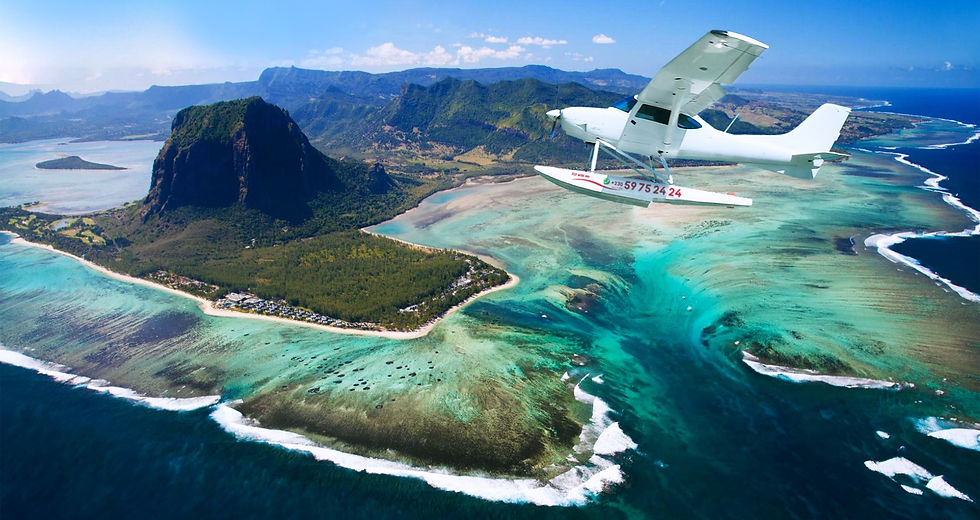














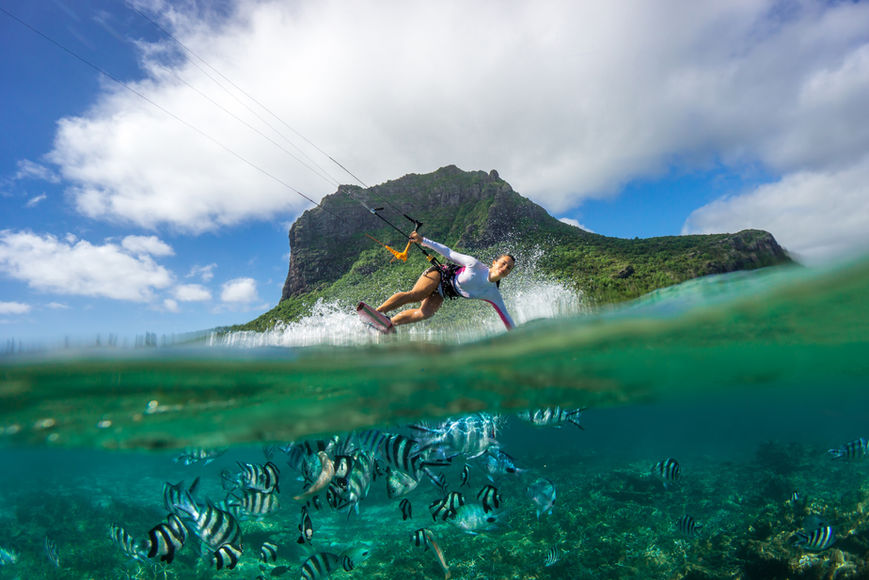
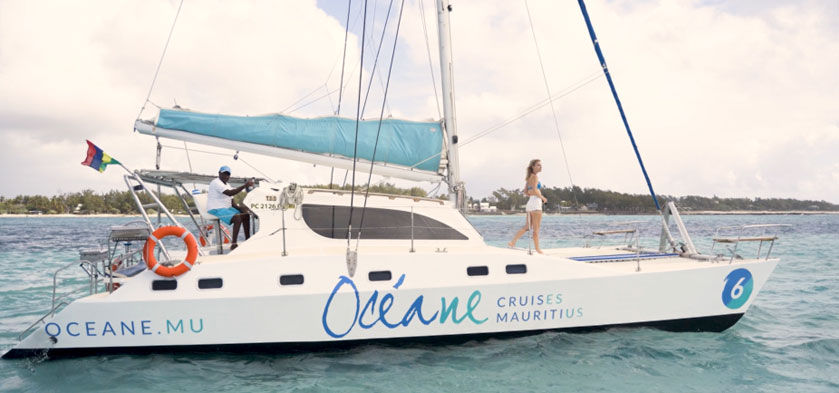
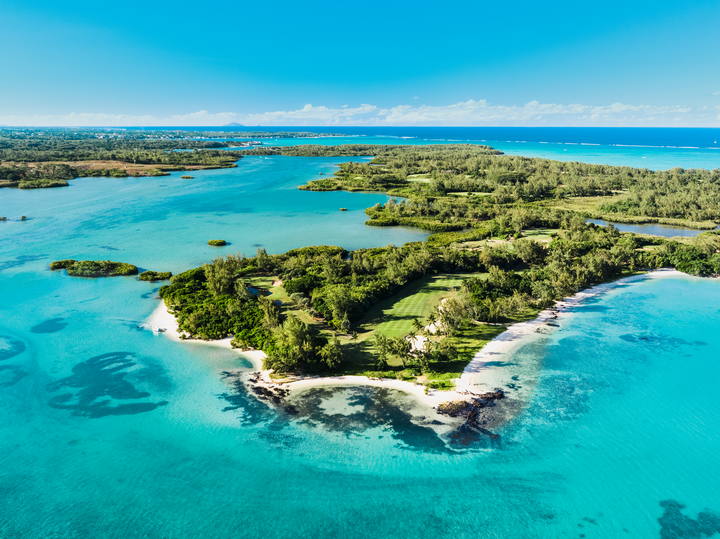
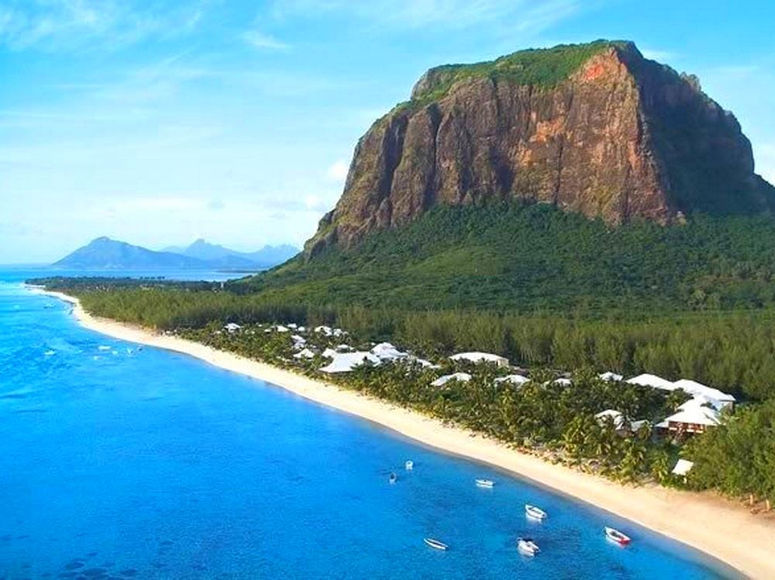
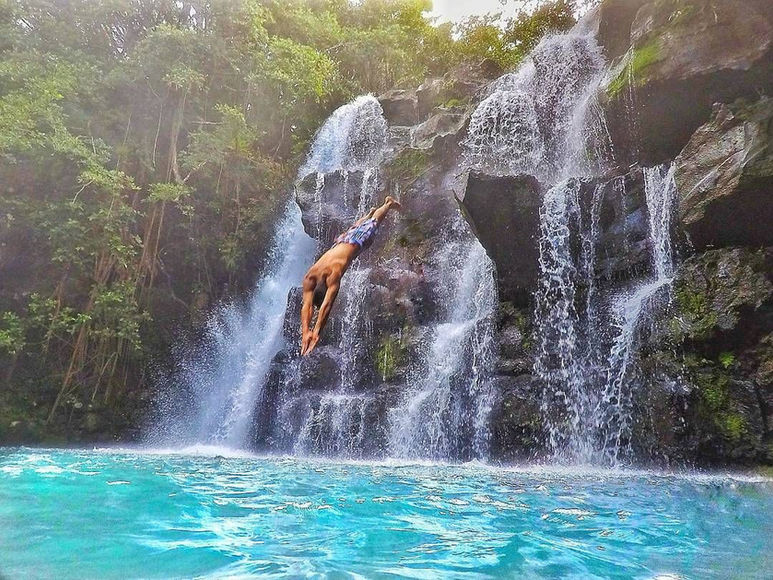
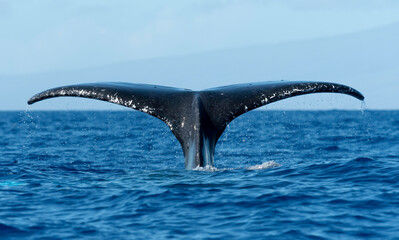










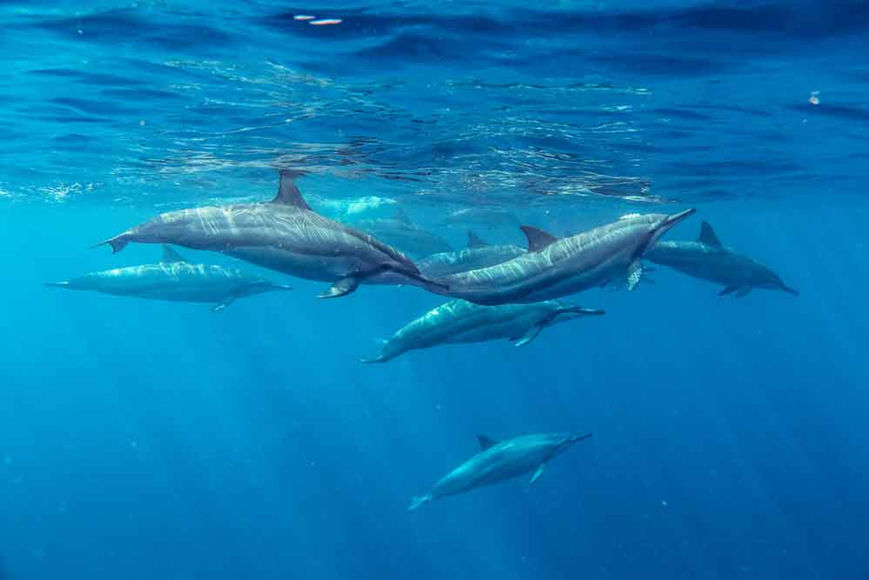



Comments